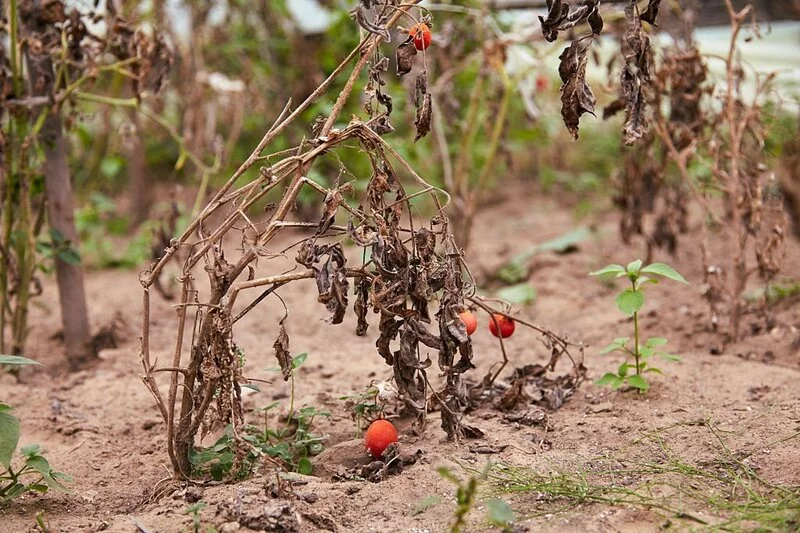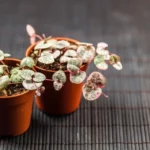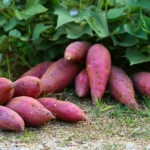Do you have a passion for plump, juicy tomatoes straight from your own backyard? You’re not alone! Growing your own tomatoes is a rewarding venture, filled with the anticipation of that first vibrant burst of flavor. But what happens when the days shorten and the leaves start to fall? What’s the best way to bid farewell to your tomato plants at the end of the season? This guide will help you navigate the steps needed to ensure a healthy garden year after year, offering your tomatoes the best chances of a bountiful return.
Season’s End
But wait a minute, how do you actually know when the tomato season ends? Good question! Identifying the end of the tomato season can be a bit tricky, especially as climates differ from place to place. But don’t worry, Mother Nature gives us clues.
Generally, tomato plants stop producing new fruits when temperatures drop below 50°F (10°C) at night. The days start getting shorter, and the leaves may show signs of yellowing or browning. Often, you’ll see a few stubborn green tomatoes still hanging on, refusing to ripen in the cooler weather.
Keep an eye on the weather forecast, too. A predicted frost is the ultimate signal that your tomato-growing season has come to a close. Frost can damage or kill tomato plants, so it’s time to act when it’s on the horizon.
Understanding your regional climate and its variations will help you be more in sync with your plants and their needs, ensuring that you make the most out of your tomato harvest each year.
Harvesting
So, we’ve figured out the season’s end is near. What’s next? The grand finale of your tomato-growing journey – harvesting! Here’s the exciting part, where you get to see and taste the fruits of your labor.
To harvest ripe tomatoes, look for a uniform color (whether that’s red, yellow, or green depending on the variety) and a slightly soft feel. Simply twist the tomato gently until it snaps off from the vine.
But what about those green, unripe tomatoes left on the plant? They need love, too! Don’t let them go to waste. You can pick these green gems and allow them to ripen indoors at room temperature. Or, you could dive into the delicious world of fried green tomatoes or green tomato chutney. Either way, the aim is to enjoy every last bit of your tomato harvest.
Disease and Pest Control
Remember, your job as a tomato gardener doesn’t end with harvesting. Just as you protect your plants during the growing season, you need to be vigilant about diseases and pests as the season winds down.
If you’ve noticed any plants with signs of disease or infestation, it’s best to remove them right away. Leaves with spots, tomatoes with rot, or plants with wilt need to go. Why? Because these can harbor pests and disease over the winter and wreak havoc next year. It’s tough to say goodbye to a plant you’ve nurtured, but think of it as protecting the future generations.
Also, as part of your bug and disease-busting mission, don’t forget to clean up any fallen tomatoes and debris around your garden. This simple act can keep many pests and diseases at bay, helping your future tomato plants thrive.
- PEST DEFENSE – This product is designed to kill species of aphid, spider mite, ant, cricket, weevil, caterpillar, fly, thrip, silverfish & more.
- CONTROLS FUNGAL DISEASES – Tomato & Vegetable spray controls blackspot, powdery mildew, rust, scab, blight, brown rot, & leaf spot. For best control apply as a spray early in the season before the diseases are noticed.
- INDOOR & OUTDOOR USE – Our insect killer is perfect for use on listed fruits, vegetables, & ornamentals. This includes beans, beets, carrots, cabbage, kale, onions, tomatoes, roses, houseplants, shrubs, almonds, apples, pears, & more.
- CONTACT SPRAY – Pests need to be contacted by the spray to be controlled. We recommend you thoroughly spray all areas of the plant, especially new shoots & the underside of leaves.
- READY TO USE – This product is conveniently ready to use when it arrives at your home. The spray nozzle makes this product easy to deploy.
Cleaning Up the Garden
As we wave goodbye to the tomato-growing season, it’s time to roll up our sleeves and prepare the garden for its winter slumber. Cleaning up your garden is a crucial step not to be missed. The main task? Removing all spent tomato plants and any leftover fruits or fallen leaves. You might be wondering why we can’t let them naturally decompose. Well, these leftovers can be a cozy winter home for pests and diseases, and we certainly don’t want those around next season!
Preparing for the Next Season
Now let’s turn our attention to the future. As your garden settles down for winter, it’s time to set the stage for a successful tomato harvest next year. Consider enriching your soil with compost or a cover crop to replace nutrients. And if you’ve had problems with diseases or pests, it might be a good idea to rotate your crops. This means planting your tomatoes in a different spot next year to outsmart those pesky pests and diseases.
And if you want to continue the legacy of this year’s best tomato plants, why not save some seeds? With a bit of preparation, you can use seeds from this year’s strongest, tastiest tomatoes to grow next year’s crop. What a way to keep the tomato love going!
Conclusion
Taking care of tomato plants at the end of the season might seem like a lot of work, but think of it as a series of small steps towards a healthier, more fruitful garden. By recognizing the end of the season, harvesting correctly, managing pests and diseases, cleaning up your garden, and preparing for the next season, you’re setting the stage for many more years of delicious, homegrown tomatoes.
So as the sun sets on this year’s tomato season, remember this: every end is a new beginning. Your garden might be sleeping, but it’s dreaming of the juicy, sun-ripened tomatoes it will produce next year.




